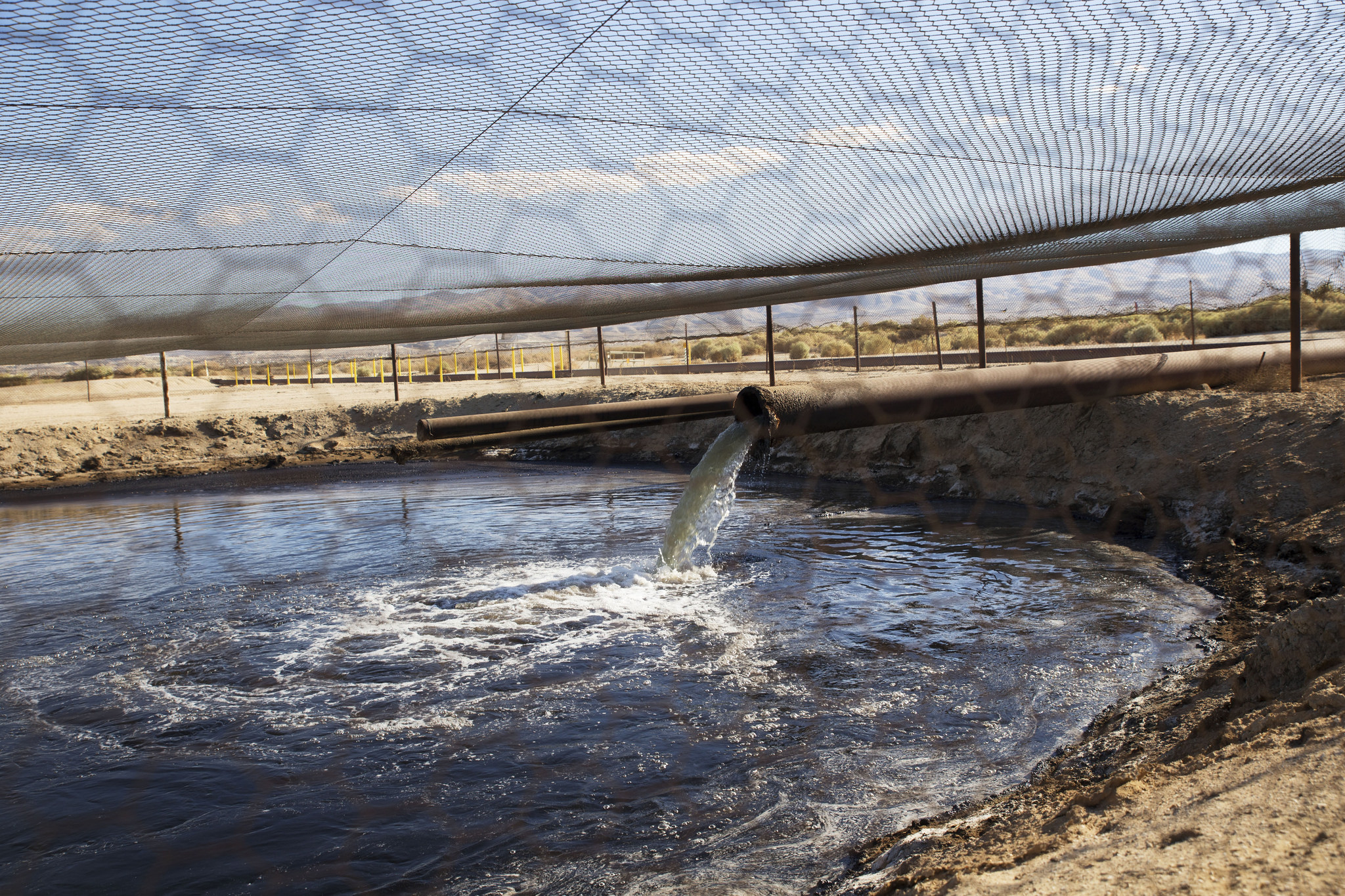Originally published at MintPress News.
California is in the midst of a historic drought, with some estimates suggesting that as little as a year’s worth of water could remain available to the state. Gov. Jerry Brown announced a water reduction plan earlier this month that requires mandatory changes in how communities, households and some businesses use water.
Since the plan’s announcement, dozens of articles in the media have debated the role of agriculture in the California water crisis, especially water intensive crops like almonds, which take up as much as 10 percent of the state’s agricultural water use.
Some growers even report backlash from their communities:
“People see us watering and it’s tight everywhere and they get panicked,” an almond grower named Biff Galbrath told KCRA in Modesto.
Almonds brought $11 billion to California’s economy last year and, as Gizmodo’s Alissa Walker writes, “California’s job is to grow food.” Indeed, the state is a major source of food for the entire nation.
Yet while farmers will face water restrictions, one major user — and polluter — of the state’s water is exempt: the oil and gas industry, which, according to RT, uses 2 million gallons of fresh water per day.
Of that water use, some 70 million gallons are used annually to support hydraulic fracturing, better known as “fracking.” In this controversial method of oil and gas extraction, water, sand and a proprietary mix of chemicals are injected at extremely high-pressure into the ground. Once used in fracking, the polluted water must be stored in underground wells or open evaporation pits.
Heavy water usage isn’t the only risk fracking presents to a drought-stricken California, though. The industry has gone to some lengths to prevent the contents of their fracking chemicals from being revealed to the public, which activists contend is because of their toxic contents.
The frack water often doesn’t stay in the wells and pits where companies dump it — instead it leaches into the clean water that the state so desperately needs. Writing for DeSmogBlog last July, Mike Gaworecki reports that California had already shut down 11 fracking sites over fears of drinking water contamination.
Another DeSmogBlog report reveals that this dangerously polluting activity is taking place at the heart of the state’s most fertile region, California’s Central Valley. Some 99 percent of the state’s fracking sites are in the valley, which is also home to the bulk of the state’s agriculture. Fracking pumps and wastewater dumps lay side by side with almond fields and other crops.
Gaworecki reveals that fracking further pollutes an already severely polluted region and endangers residents’ health:
Residents of California’s Central Valley region already suffer from a variety of health problems associated with oil drilling, including nausea, headaches, nosebleeds, and rare cancers, as well as a series of respiratory and cardiovascular problems.
“Even before fracking, the area had the worst air and water pollution in California,” says Madeline Stano, a staff attorney with the Center on Race, Poverty, & the Environment. “With fracking, the pollution and the economy are getting worse.”
Food & Water Watch’s California Director Adam Scow told DeSmogBlog that fracking presents a “triple threat to our water.” Not only does it make intensive use of water, and pollute fresh water, the extracted products then contribute in turn to global warming when burned.
While growers and agriculture industry advocates argue that almonds and other water-intensive crops present important food value to the American people, fracking is contributing to the very weather patterns that cause severe droughts worldwide, including California.
